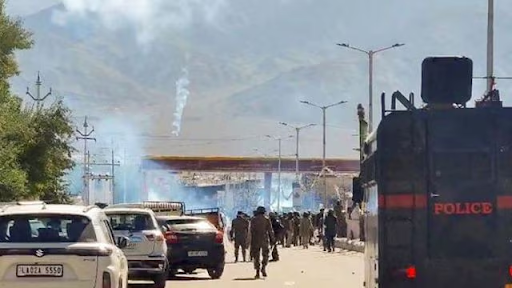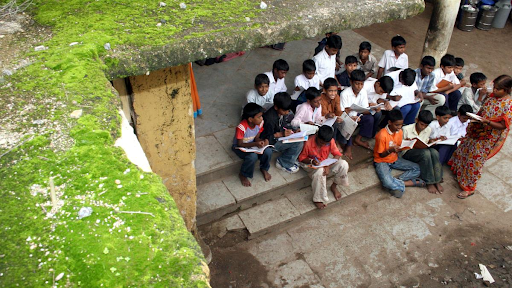



The Union Government plans to amend the Civil Liability for Nuclear Damage Act (CLNDA) 2010 to align with international standards and attract foreign investment, particularly from American and French companies. The amendments aim to unlock stalled projects, promote Small Modular Reactors, and help achieve India’s 100 GW nuclear power target by 2047.

Copyright infringement not intended
Union Government to amend the Civil Liability for Nuclear Damages Act (CLNDA)
Government plans to amend the Civil Liability for Nuclear Damage Act (CLNDA) 2010 and the Atomic Energy Act 1962 to address concerns of American and French nuclear power companies.
Foreign companies have hesitated to invest in India due to strict liability clauses in the CLNDA, which place a high degree of responsibility on suppliers for nuclear accidents.
The proposed amendments aim to align India’s liability laws with international standards, especially the Convention for Supplementary Compensation for Nuclear Damage (CSC), which holds operators liable, not suppliers.
|
Nuclear projects affected by the current liability laws ● Electricité de France (EDF)’s MoU to build six EPR1650 reactors in Jaitapur, Maharashtra, signed in 2009. ● Westinghouse Electric Company’s MoU to build six AP1000 reactors in Kovvada, Andhra Pradesh, signed in 2012. ● Both projects have faced delays due to legal concerns over supplier liability under the CLNDA. |
Unlock stalled nuclear projects like EDF’s Jaitapur plant and Westinghouse’s Kovvada project.
Attract foreign investment in India’s nuclear energy sector.
Expand India’s nuclear power capacity, with a target of 100 GW by 2047.
Facilitate the development of Small Modular Reactors (SMRs), which are cost-effective and gaining popularity globally.
It was passed after intense debates in parliament, and any amendments that dilute supplier liability could face opposition from opponent parties and civil society groups.
India created a ₹1,500 crore insurance pool in 2019 to cover nuclear damages, however, it failed to attract major investors. The amendments must ensure comprehensive legal protections and compensation frameworks to build investor confidence.
|
India plans to leverage Small Modular Reactors (SMRs) by:
|
In 2015, the government stated that there was “no proposal to amend the Act or Rules” and claimed that U.S. officials had reached a “general understanding” that India’s CLNDA was compatible with the international Convention for Supplementary Compensation for Nuclear Damage (CSC). However, this understanding did not result in any significant nuclear contracts.
The current announcement marks a shift from the 2015 stance, with the government aiming to amend the CLNDA to address foreign companies’ concerns.
The government has not provided a specific timeline for implementing the amendments.
The government aims to achieve 100 GW of nuclear power by 2047, up from the current 6,780 MW.
Nuclear energy will help diversify India’s energy mix and reduce dependency on fossil fuels.
The focus on SMRs and partnerships with the U.S. and France will enhance India’s technological expertise in nuclear energy.
|
Russia’s Rosatom is currently India’s only foreign nuclear operator, involved in the Kudankulam Nuclear Power Plant in Tamil Nadu. |
Must Read Articles:
CIVIL LIABILITY FOR NUCLEAR DAMAGE
NUCLEAR ENERGY MISSION IN BUDGET
Source:
|
PRACTICE QUESTION Q. How do historical nuclear incidents shape India's current debates on nuclear safety and liability? 150 words |






© 2025 iasgyan. All right reserved